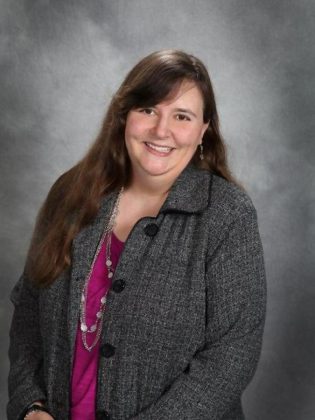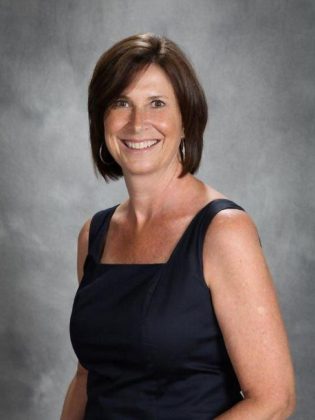
When wedding bells ring, the last thing a couple expects is the toll of the divorce knell. Yet for one in every three marriages in Canada, that day will come.
It’s a sobering statistic, considering the documented impact of divorce on the emotional and financial well-being of the people involved and their children.
In 2012, a group of lawyers and family and financial professionals in Peterborough, Lindsay, and Cobourg decided they could do something about the emotional and financial devastation that often comes with the traditional divorce story.
Lawyer Chantel Lawton is one of them.
“Divorce law grew out of civil law which is traditionally adversarial,” Lawton says. “There’s a winner and a loser. It ignores the impact on the family as a whole.”
Lawton belongs to Kawartha Collaborative Practice, an association of like-minded professionals who are turning the traditional divorce story on its head — and breaking the cycle of conflict in the process.

Rather than two individuals pitted against one another in a battle fought primarily through letters shared between law offices or in court — one that typically lasts well in excess of a year — couples who choose to divorce through Kawartha Collaborative Practice sit at a table, work out details of an agreement, and explore the options that work best for their family.
“The traditional process just doesn’t allow room for that kind of conversation,” Lawton explains. “The collaborative process does.”
Choosing a collaborative divorce is like writing a personalized “divorce story” according to Lawton. The final product reflects the values and interests of each of the spouses and, when children are involved, their children. In the traditional divorce process, Lawton says, what is important to each person is not taken into account.
Consider two people who are divorcing, and both want to keep the family home.
In a traditional divorce, if the parties failed to agree, a judge may order the house sold. In a collaborative divorce, alternatives are explored to address the needs and interests of the whole family and allow each spouse to have a living arrangement that meets their needs.
One of the benefits of collaborative law is that financial and family professionals are ready to assist at the table. Carolyn McAlpine is a social worker and mediator with Kawartha Collaborative Practice.

“Collaborative law is a real shift in philosophy from traditional law,” McAlpine says.
“In collaborative practice, we talk about what is most important to you, what you want your future to look like, and how to communicate so that the kids are okay. It ensures you know you have creative choices.”
The conversations are never easy, says McAlpine, adding that there can be difficult concerns at the table that must be dealt with up front.
“If a spouse is worried about speaking at the table, we are able to provide support around that,” she says. “Sometimes it might mean the professional team talking ahead of time to create a respectful and supported environment to allow for forward moving discussions. It’s hard work, and it requires a commitment on the part of each spouse.”
That commitment empowers both individuals to write their own “divorce story” — often resulting in relief rather than anger and resentment.
“When we come together, we’re dealing with people in crisis,” Lawton says. “We’re helping those people have difficult conversations that may otherwise never occur. Our goal is that everyone at the table feels heard and has their needs met.”
Is collaborative law for you?
Collaborative law is particularly helpful for couples with children, who value their privacy and wish to avoid the public forum of a courtroom, and who wish to preserve their assets.
There are three key elements that each spouse must agree to, in writing:
- The voluntary and free exchange of information between the spouses.
- The pledge not to go to court.
- A commitment to cooperate in order to maximize the goals of both spouses.
If you are facing a divorce, you can speak to any member of Kawartha Collaborative Practice to see how this solution will suit you. Call 705-928-3218 or visit www.kawarthacollaborative.com for more information.


























